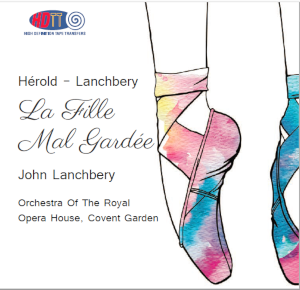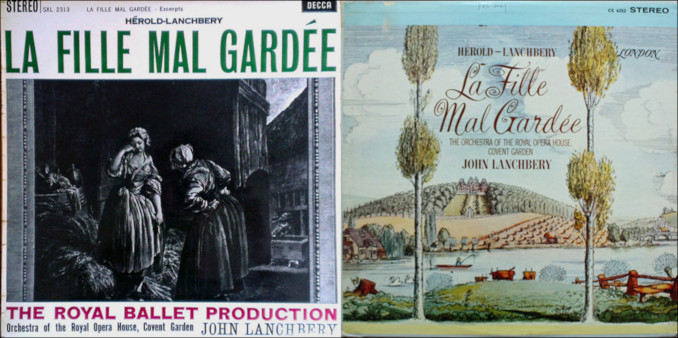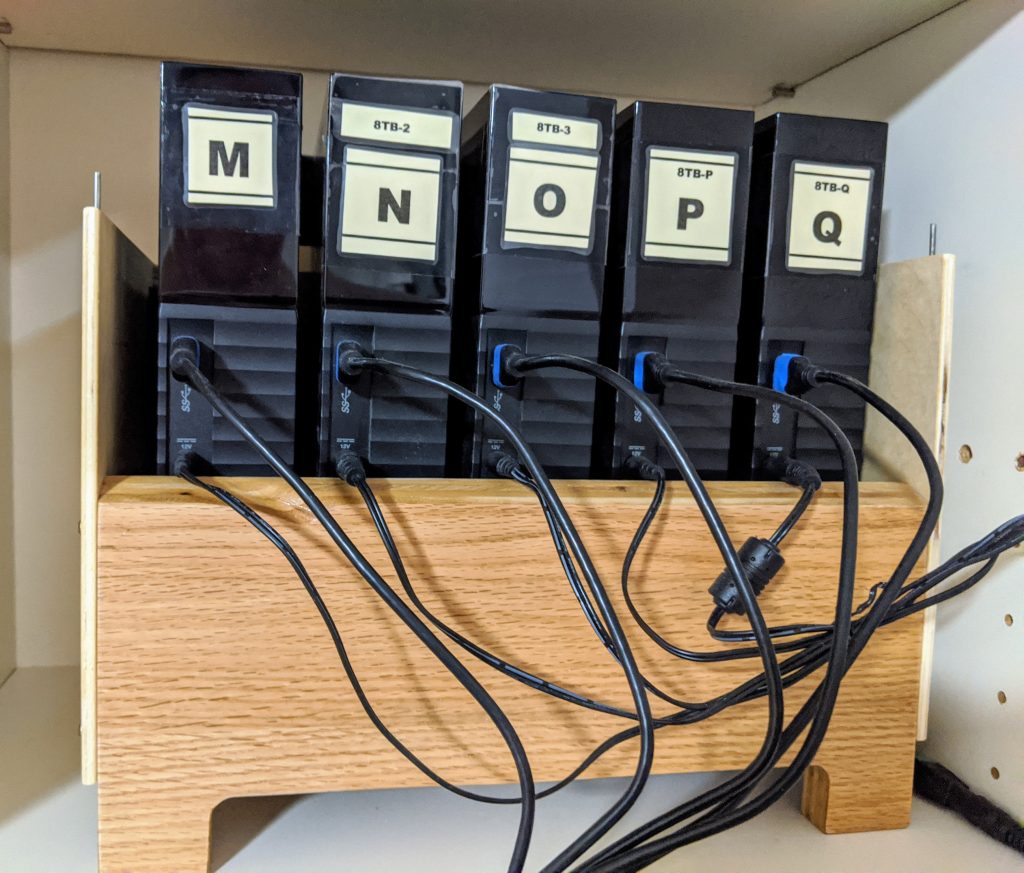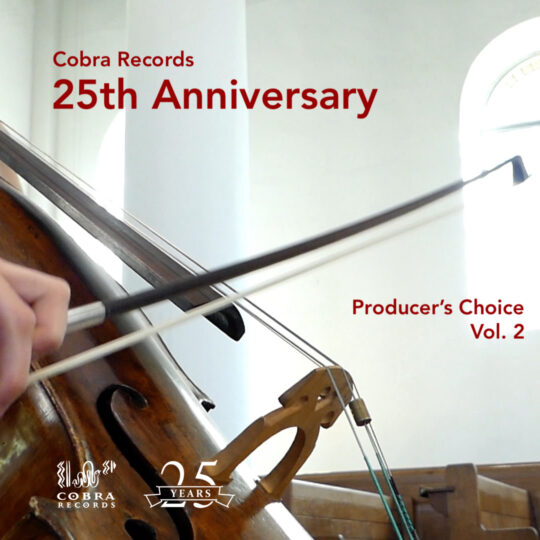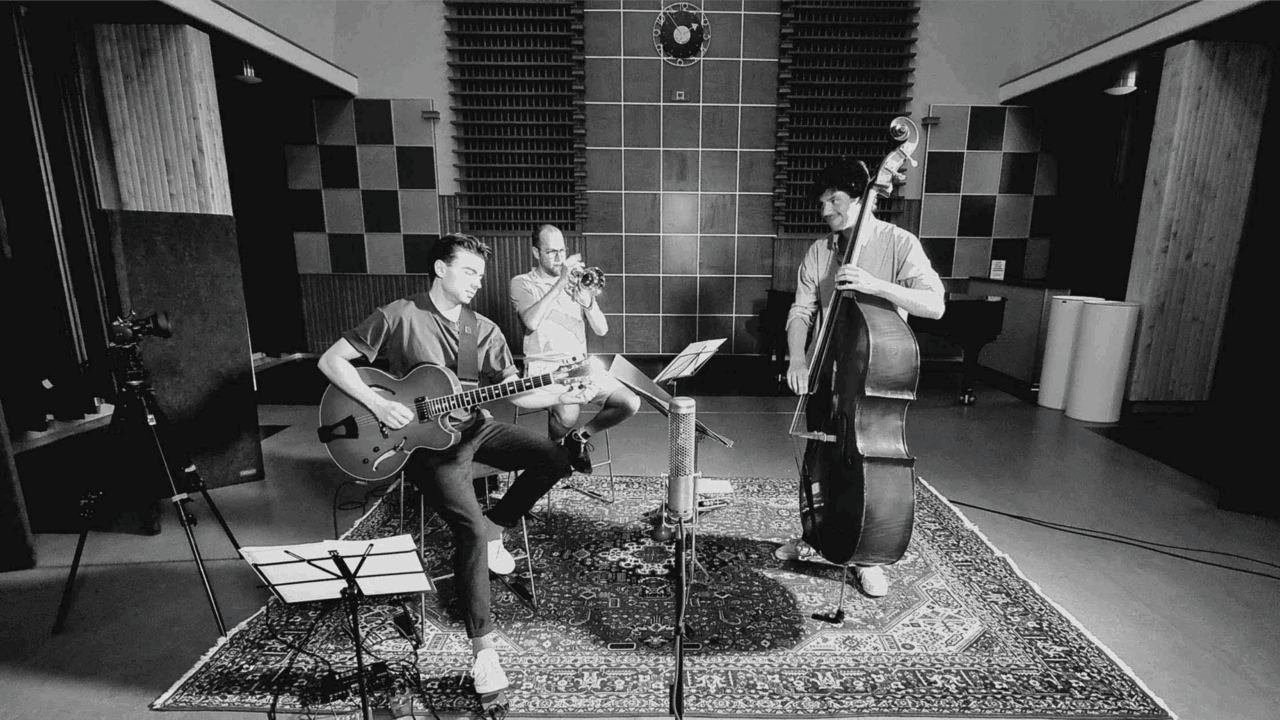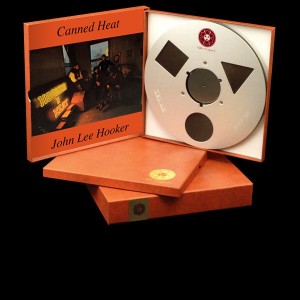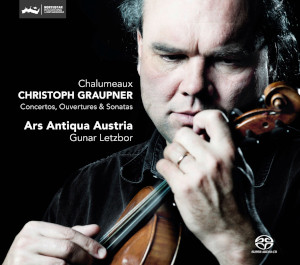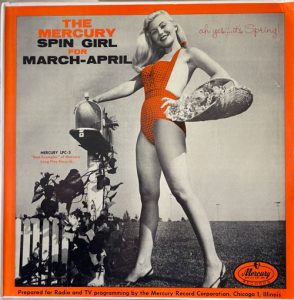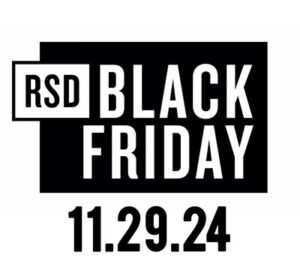Lanchbery-Herold, La Fille Mal Gardée, Orchestra of the Royal Opera House, Covent Garden, conducted by John Lanchberry. HDTT 1962 2017 (Pure DSD256) HERE
These excerpts from John Lanchbery's 1960 adaptation of Ferdinand Hérold's 1828 score have been a guilty pleasure of mine since I first heard them on the original Decca SXL 2313 LP in the late 1970s. Recorded by Decca in February and March 1962 in Kingsway Hall by producer Ray Minshull and recording engineer Arthur Lilley, this album has been regularly reissued over the years, including a very well made 45-rpm 2-LP reissue from ORG in 2012. But I've not heard it in better sound quality than this pure DSD256 transfer from a 15ips 2-track tape by High Definition Tape Transfers (HDTT).
Original covers circa 1962 from Decca, on left, and London.
My recollection of past releases is dependent on aural memory which we all know to be highly fallible, not a current comparison. But there is a quality to reel-to-reel tape of openness and transparency that even the best vinyl does not match. And this transfer from tape by HDTT fully captures this.
La Fille mal gardée has a long tradition in ballet and was a favorite of audiences since its first introduction at the end of the 18th century. The title in English is variously translated into English as The Wayward Daughter or, in literal translation, The Poorly Guarded Girl. It is also known as The Girl Who Needed Watching.
The ballet "was the creation of Jean Dauberval, one of the greatest choreographers of his day. Legend has it that Dauberval found his inspiration for La Fille mal gardée while in a Bordeaux print shop, where he viewed an engraving of Pierre-Antoine Baudouin's painting Le reprimande/Une jeune fille querellée par sa mère. The painting showed a girl in tears with her clothes disarrayed being berated by an old woman (presumably her mother) in a hay barn, while her lover can be seen in the background scurrying up the stairs to the safety of the loft. Allegedly this quaint work of art amused Dauberval so much that he immediately set out to craft a suitable scenario for a ballet." (Wikipedia)
The music on this album comes from the 1960 revival of the ballet by Frederick Ashton for the Royal Ballet of London. Ashton chose to change the music that had been used historically and develop a new score based on an 1828 score by Ferninand Hérold. He commissioned the Royal Opera House's conductor John Lanchbery to orchestrate the new score, and thus the attribution "Hérold-Lanchbery." Ashton's staging of La Fille mal gardée was a huge success and has become the version seen by audiences around the world since its release.
So, enough of historical background. What makes this music so engaging and why do I continue listening to it all these years? Simple. It's fun! It's rollicking, joyful, humorous, makes you laugh-out-loud, good fun. Lanchbery and his orchestra play it up for all the humor one may hope to find in a single score. Not slapstick humor; no, this is wry humor, subtle humor, with the occasional buffoonery. And the instrumentation is vast and diverse, from orchestral bass drum to contrabassoon to tuba to kazoo to wood-block to piccolo. It will give your audio system a thorough workout.
The sound quality in this Decca recording is simply Decca at its most simple, direct, and best. Those omni-directional, tube microphones in Kingsway Hall capture a treasure of great orchestral sound.
And let me add a comment about these Pure DSD transfers from HDTT… Bob Witrak is a wizard. In these releases that he marks as "Pure DSD" he is transferring directly from the tape to DSD (typically to DSD256) with no PCM processing. I've not heard the tapes Bob is using, so I can't make a direct comparison. But my educated guess from having done some DSD256 transfers of 15ips tapes is that Bob is achieving as pure a facsimile of the tape as one can imagine receiving. Yes, warts and all because he's not doing any post-processing of the transfer to clean up anything that may be on the tape. For me, this is absolutely the best possible version of these tapes when the condition of the tape can stand up to it.
So, for an audiophile sound-junkie who also values great music, this HDTT release is not to be missed. I recommend it highly.
Historical cover images courtesy Discogs, other images courtesy HDTT.




